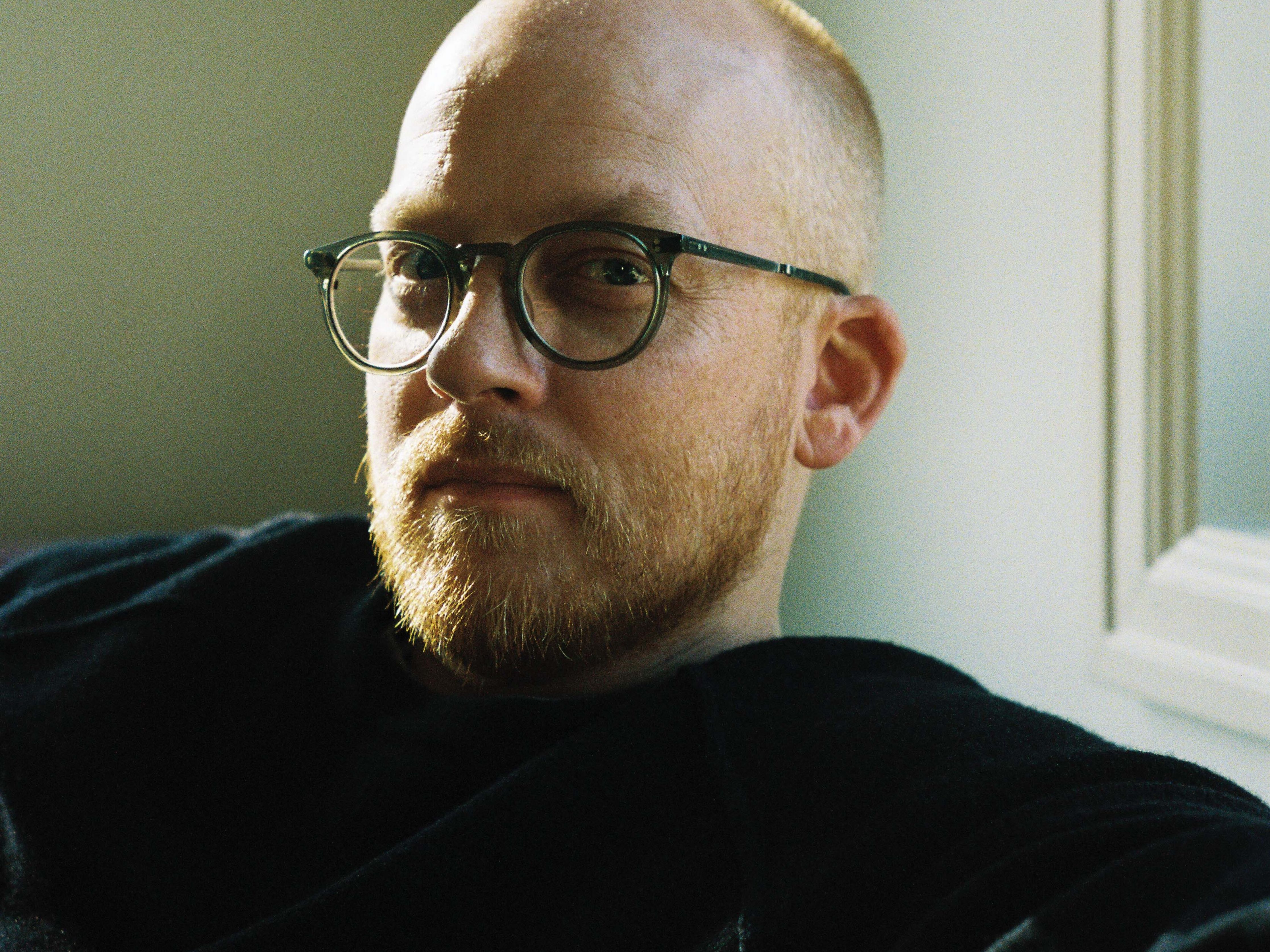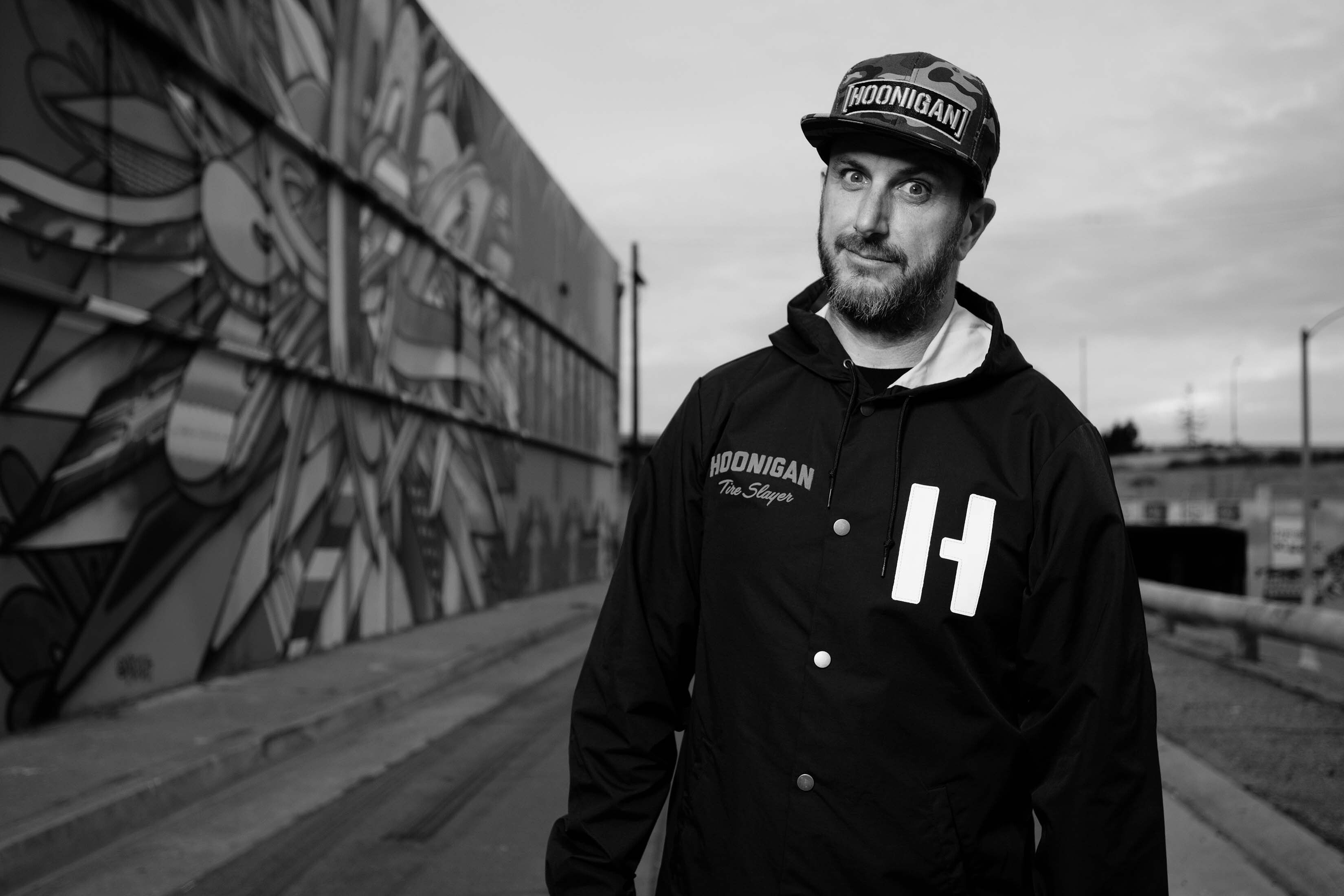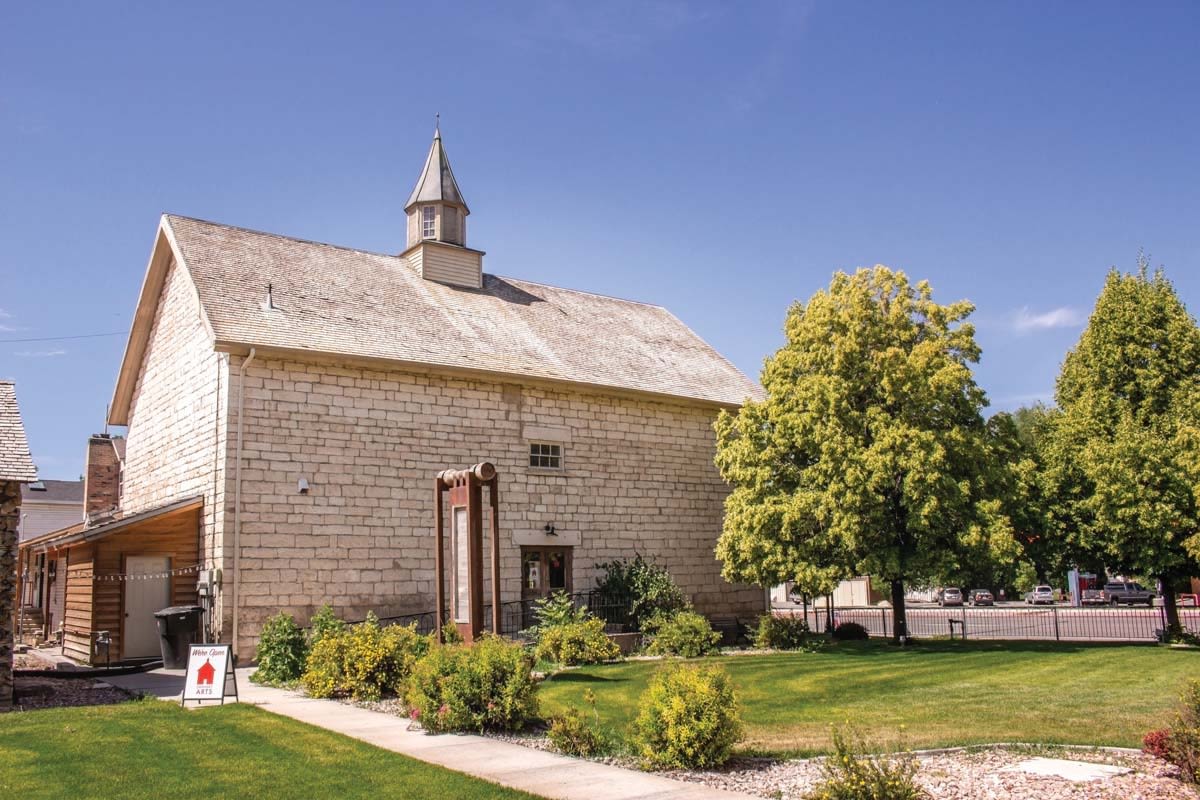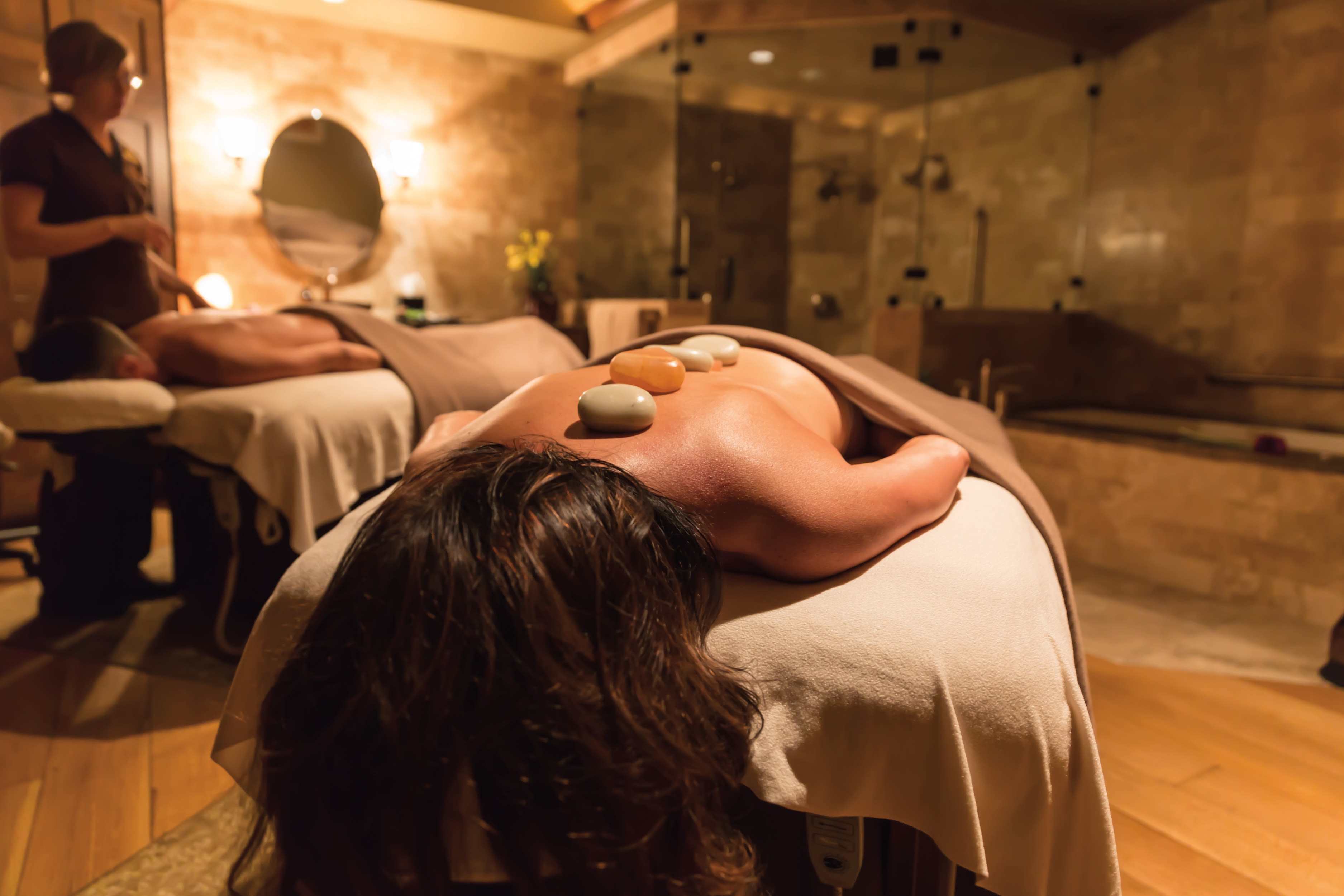The Evolution of Park City's Vibrant Arts & Culture Scene
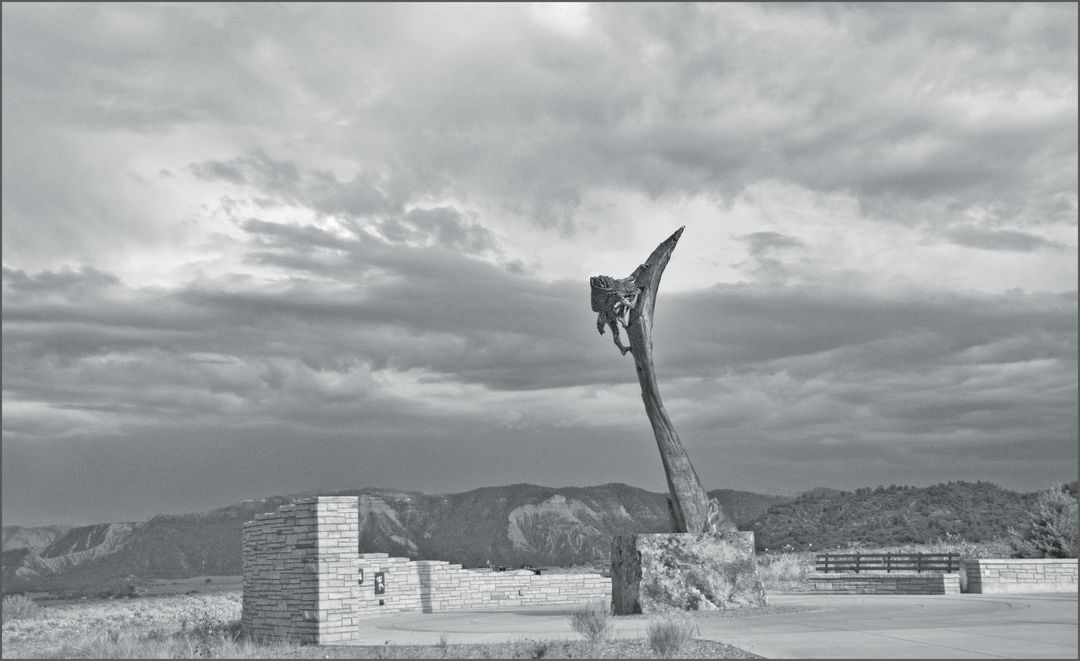
From its early mining days to the modern era, the arts have gained a firmer hold in Park City with each passing decade.
Image: Ron Cogswell
Last July, the Park City Council, led by then-mayor Jack Thomas, announced plans for a dedicated visual and performing arts campus at Bonanza Park, anchored by the Sundance Institute and Kimball Art Center. But with festivals on Main Street, concerts at Deer Valley, films at the library, performances at the Eccles Center, more than two-dozen fine art galleries—and on and on—it could easily be argued that the entire town is an arts and culture district. In fact, when taking the long view, creation of the Bonanza Park Arts & Culture District could be considered the ultimate realization of a century-plus-long quest to bring the arts to Park City.
The first public mention of the arts in Park City occurred in 1881, when the town was still a mining camp (it incorporated in 1884), with two notices in the Park Record for the opening of a dancing school and the first band with “all the principal musicians in town.” A meeting hall on Main Street was renamed the Park Opera House in the 1880s but then burned in the 1898 fire that leveled most of the street. The Dewey Theatre, erected in its place, presented traveling theatrical productions, operas, minstrel shows, and the occasional hypnotist. The first film screened there in 1908, when an “electric moving picture apparatus” was installed with much fanfare. In 1916, the Dewey’s roof caved in from heavy snow. The Egyptian Theatre, built in its place in 1926, continued as the town’s showplace where it remains in operation today.
Artistic talent stirred among Park City’s post-mining-era residents as well. Renowned sculptor Edward Fraughton was born here in 1939 and graduated from Park City High School. His monumental works relating to the American West are found throughout the US, including The Ancient Ones, on display at Colorado’s Mesa Verde National Park and Visitor Center. Fraughton now resides in Salt Lake City and is represented locally by Montgomery Lee Fine Art (608 Main St, 435.655.3264).
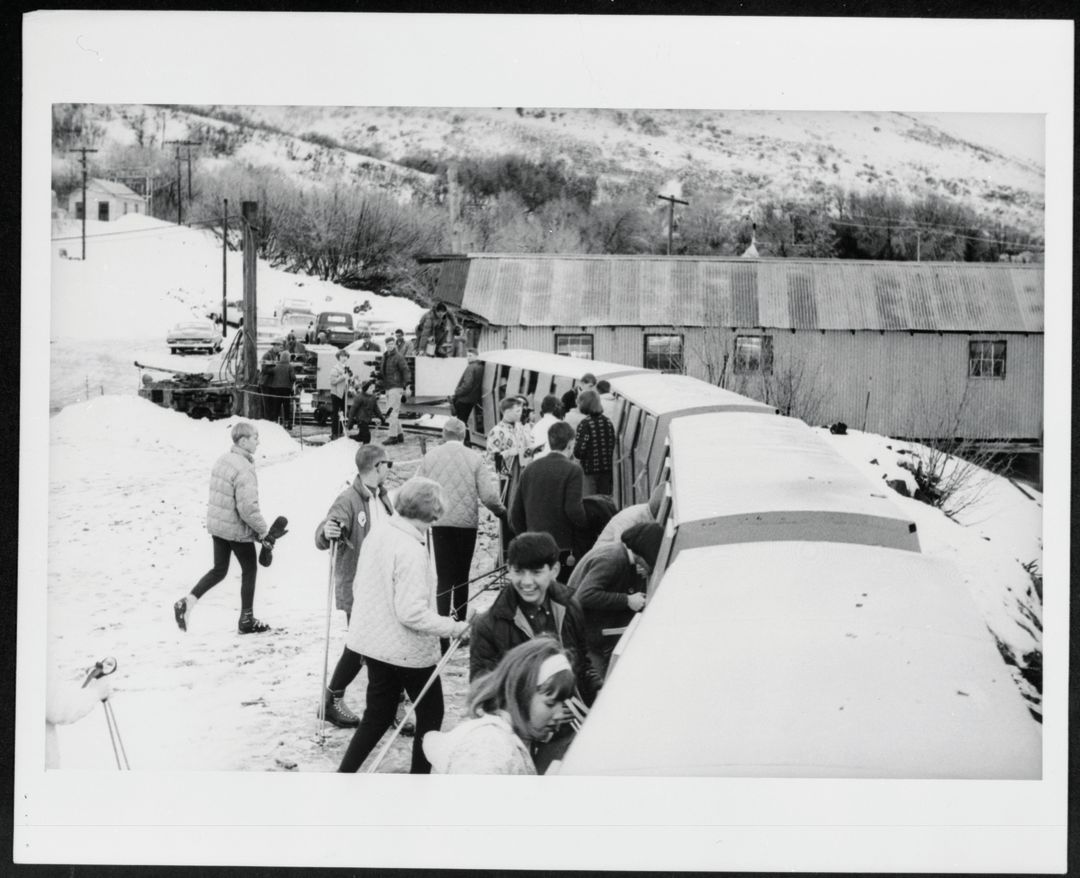
Skiing takes hold in Park City, and local arts begin to flourish
Image: Park City Museum
Through the years, Parkites’ exposure to the visual arts was mostly confined to occasional exhibits at churches, schools, and women’s clubs. But in the 1960s, with the opening of Park City Ski Area, local arts began to flourish. The Park City Institute (unrelated to the current organization by that name)—a joint venture of Park City, University of Utah, and United Park Mines—had ambitious plans “to enhance civic culture.” While unsuccessfully attempting to build a facility, they presented exhibits, lectures, and performances at existing local venues. Announcing a summer schedule of music and arts events in 1965, the Record boasted of “the artistic lure of Park City.”
In 1970, a group of friends asked the city to close Main Street during an August weekend for an art festival. When 7,500 people showed up, the artists realized they were on to something. By the third festival, local artist and teacher David Chaplin told the Record, “Park City is in the realm of possibility as an academic and cultural center for the arts.”
When Bill Kimball renovated the dilapidated Eley Garage on Park Avenue and opened the Kimball Art Center in 1976, director Alan Crooks proclaimed, “There is no reason why Park City can’t become an arts colony!” Offering classes, exhibits, and a shop filled with local art, the Kimball took over the arts festival as its signature event. In 1981, the fledgling US Film Festival, chaired by Robert Redford, moved from Salt Lake City to Park City, thinking its unique and isolated setting would foster the growth of independent film. That same year, Redford founded the Sundance Institute, which took over management of the festival in 1985 and renamed it in 1991; the institute itself has resided in Park City since 2006.
The Park City Arts Council was founded in 1986 and launched an art-house film series that later spun off on its own, now known as the Park City Film Series. In 1998, visionary citizens championed the impressive Eccles Center and formed the Performing Arts Foundation. Now called the Park City Institute, it offers an eclectic program of performances during the winter and the Big Stars, Bright Nights Concert Series during the summer.
Last year, with the Kimball Art Center temporarily housed on Kearns Boulevard and the Sundance Institute bursting at the seams in its rented building, former mayor Jack Thomas felt it was important to secure the future of these two artistic anchors in Park City. And so when a five-and-a-quarter acre parcel—the long-ago site of the Grasselli Zinc Mill—became available in Bonanza Park, Thomas and the city council began imagining the possibilities. “The availability of this property was pure happenstance, and it could not be better situated in the geographical heart of Park City,” Thomas says. “This is an opportunity to breathe into our community something that will truly improve the experience of not just our visitors but all of us who live here daily.”
The city has purchased the land, conducted a feasibility study for an arts and culture district, and hired the Texas-based Lake Flato to design the masterplan. Principal Ted Flato notes that the “industrial roots” of the property will inspire the design of the district.
Current Mayor Andy Beerman carries on the enthusiasm, saying the district “shows a commitment to diversify both our economy and our cultural offerings and adds dimension, while making us stronger and more resilient as a community. It also addresses two critical priorities by providing a central transit hub and affordable housing integrated right into the district.” As this magazine went to print, the city was also considering makerspaces, dance studios, a food hall/community kitchen, and active and dynamic public art for Bonanza Park, and the Kimball and Sundance were continuing to refine the creative visions for their respective spaces there.
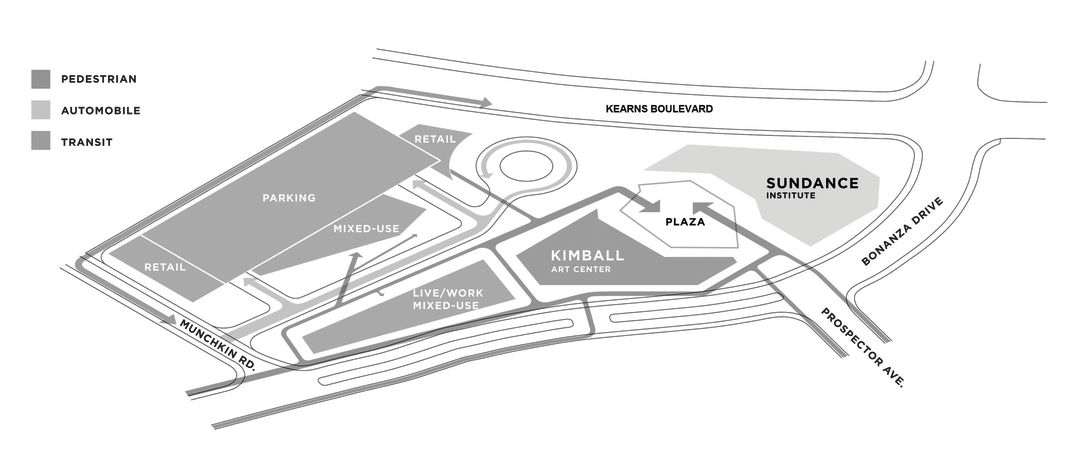
Prospective plans for the new culture and arts district
Image: Lake Flato
Lake Flato is scheduled to complete its masterplan this fall. Following planning commission and public review of the plan, a groundbreaking is anticipated for the latter half of 2019, further instilling the “artistic lure of Park City” into the fabric of this historic mining and ski town.

